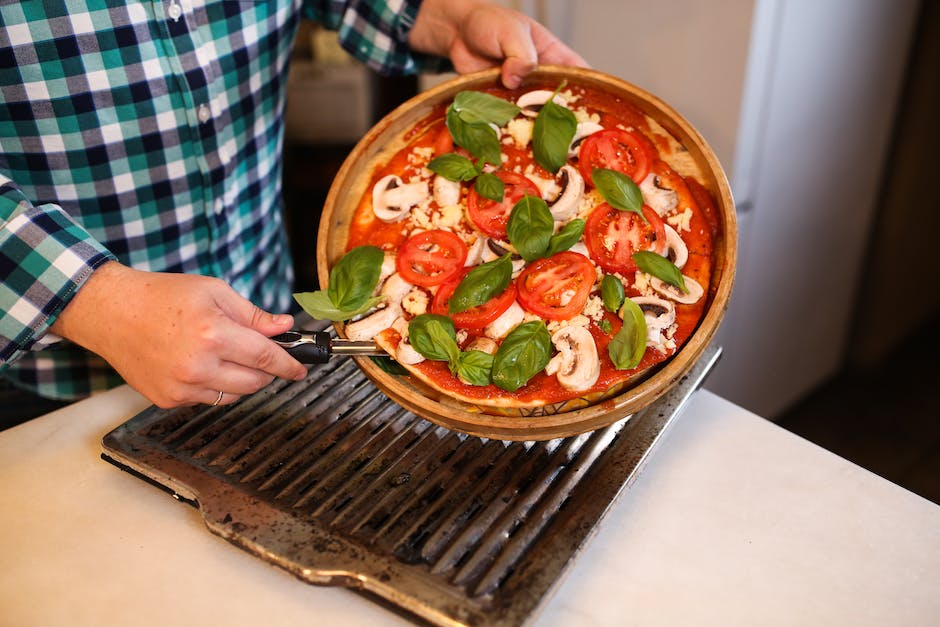
Step 1: Gather the Ingredients
Before you can delve into how to make a tuna sandwich, you must ensure you have all the necessary ingredients. A list for the classic tuna includes ingredients such as mayonnaise celery, pickle relish, fresh herbs, and some lettuce leaves for garnish. Also, do not forget one of the key ingredients: the tuna. Extra points if you master draining the tuna perfectly since this adds to the overall texture.
In a variant of the tuna salad sandwiches, the recipe might include dijon mustard, red bell pepper, and celery red onions. Other common ingredients can include greek yogurt, dill pickle, olive oil, and lemon juice. These bring a unique flavor to your sandwich, giving it a rich, savory taste that bursts in your mouth.
Step 2: Creating the Tuna Salad Recipe
The tuna salad recipe commences by mixing your fresh tuna, mayonnaise or greek yogurt if you prefer, pickle relish, celery, and red onions together. Ensure all ingredients are well combined, and adjust salt and pepper to taste. You can also add diced red bell pepper for a crunchy texture and a dash of olive oil for added taste. Lemon juice and a handful of fresh herbs give a tasteful zest to your tuna salad, ensuring a palatable delight in every bite.
Depending on your preference, you might choose to change your tuna salad sandwiches variant and replace mayonnaise completely with greek yogurt. This gives a healthier version without wavering from the exquisite taste. On the other hand, if you prefer the classic tuna style, mayonnaise is your go-to ingredient.

Step 3: Getting Your Lettuce Leaves
When sourcing lettuce leaves, ensure they are fresh and crisp. These not only add nutrients but also give an appealing visual impression for your tuna salad sandwiches. Lettuce wraps can be used as an alternative to create a low-carb, gluten-free sandwich.
Use these lettuce wraps to encase your tuna salad, ensuring a mouthful of richness in each bite. The crunchy texture provides a great contrast to the creamy tuna salad. The lettuce wraps ensure the sandwich is light, healthy, and very satisfying.

Step 4: Perfecting the Tuna Mayonnaise Blend
The tuna mayonnaise blend is key to achieving that classic tuna taste in your sandwiches. A perfect blend considers the right amount of mayonnaise, celery, pickle relish and some dill pickle for authentic taste.
The right blend strikes a sweet spot between the crunchy celery and the creamy mayonnaise. Your perfect tuna mayonnaise blend should be smooth with occasional crunches from the celery, making every bite a heavenly delight.

Step 5: Assembling Your Tuna Sandwich
Assembling your sandwich is an art. Start with a good quality bread, add a layer of your finely created tuna mayonnaise blend, top it off with some lettuce leaves and drizzle lemon juice for a refreshing flavor.
For sandwich enthusiasts who would like to venture out of the conventional sandwiches recipe, you can add a twist to the recipe with a dollop of dijon mustard or try a tuna melt. The tuna melt sandwiches, a variant of the classic tuna, are grilled sandwiches that include cheese and your unique tuna salad.

Step 6: Serving and Storage Suggestions
Tuna salad sandwiches taste good whether served cold or at room temperature. You may add salt and pepper to taste just before serving to ensure the spicy kick is not lost. For storage, refrigerate in an airtight container.
Remember the freshness of a sandwich lies in its ingredients. Hence, it is best to consume your tuna salad within two to three days of preparation. This ensures you get the best taste, quality, and nutrients from your sandwich.

FAQs
1. Can I use other herbs in my sandwiches recipe?
Yes, you are free to use any kind of fresh herbs in your recipe as it suits your taste best.
2. Is it possible to replace Greek yogurt with something else?
Greek yogurt is a healthy replacement for mayonnaise, but if you prefer, you can use sour cream or cream cheese.
3. How much salt and pepper should I add to my tuna salad?
The amount of salt and pepper is subjective to your taste buds. Start with a small amount and adjust accordingly.
4. Can I skip the lettuce leaves in my tuna salad sandwiches?
Lettuce leaves add a fresh crunch to sandwiches. But if you don’t have any at hand, feel free to leave them out.
5. Is it necessary to drain the tuna before making a tuna salad?
Draining the tuna prevents your salad from becoming soggy and eases the mixing process.
6. Can I add other vegetables to my tuna salad recipe?
Absolutely! You can add in chopped tomatoes, olives, cucumbers or any other veggies of your liking.
7. What can I use in place of fresh herbs in my sandwiches recipe?
If fresh herbs are difficult to come by, you can also use ground spices or dried herbs.
8. Can I make a tuna melt without cheese?
Yes, you can. However, the cheese gives it a distinctive gooeyness that is uniquely characteristic of a tuna melt.
9. Can I make my sandwiches using only olive oil and no mayonnaise?
Yes, you can. This will give you a healthier, low-calorie sandwich.
10. Is red bell pepper necessary for my tuna salad sandwiches recipe?
While red bell pepper adds a sweet crunch to your salad, its absence wouldn’t ruin your recipe.








